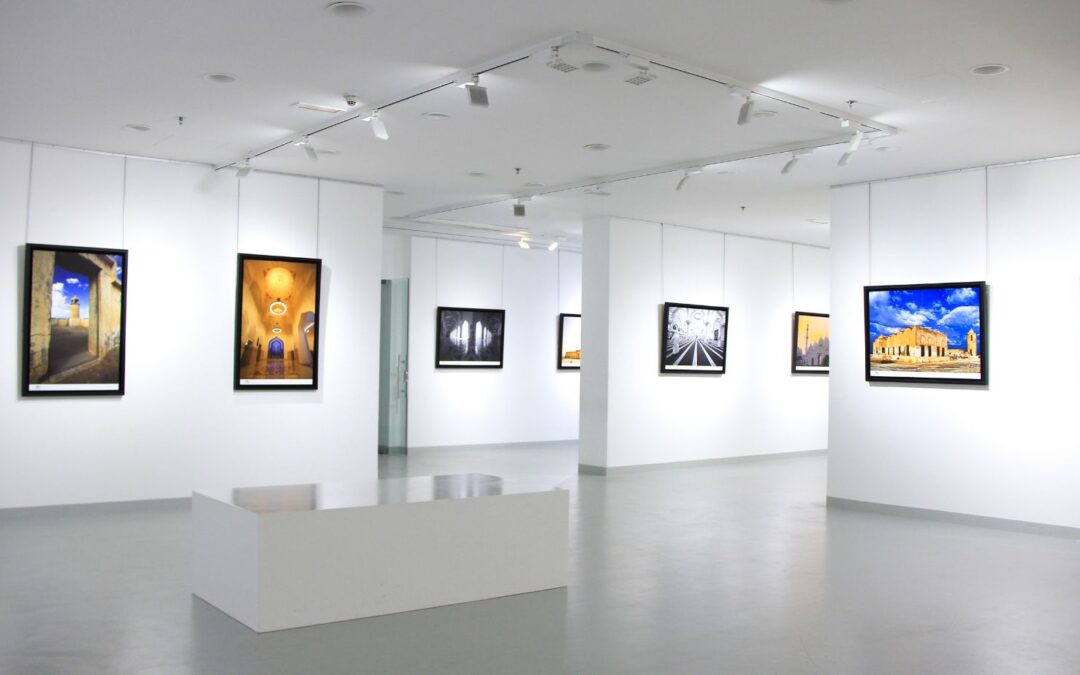Art Galleries Apartments in Manhattan
Living in Manhattan offers a unique experience with its vibrant art scene and diverse range of residential options. For those who appreciate art and culture, the idea of living in an apartment that is also an art gallery can be truly captivating. In this article, I’ll explore the concept of art gallery apartments in Manhattan, highlighting their appeal and what makes them special.
Art gallery apartments in Manhattan are a fusion of two worlds: a private space to call home and a curated showcase for artwork. These apartments provide residents with the opportunity to immerse themselves in creativity every day. Imagine waking up surrounded by stunning paintings, sculptures, and other forms of artistic expression right within your own living space.
These unique living spaces not only serve as homes but also as platforms for emerging artists to display their work. Art gallery apartments often host regular exhibitions and events, attracting art enthusiasts from all over the city. Whether you’re an artist yourself or simply someone who appreciates aesthetics, living in an art gallery apartment can offer constant inspiration and a sense of connection to the local artistic community.
So if you’re searching for a one-of-a-kind living experience that seamlessly combines residential comfort with artistic vibrancy, consider exploring the world of art gallery apartments in Manhattan. From Chelsea to SoHo, these spaces offer both residents and visitors alike an opportunity to engage with contemporary art on a daily basis. Get ready to immerse yourself in creativity while enjoying all that New York City has to offer!
Historical Overview
Let’s delve into the captivating history of art galleries in Manhattan. From their humble beginnings to becoming cultural landmarks, these spaces have played a crucial role in shaping the artistic landscape of this vibrant city.
- The Birth of Art Galleries: In the late 19th century, Manhattan witnessed an art revolution as artists sought alternative spaces to showcase their works outside traditional museums and salons. This led to the emergence of art galleries that provided a platform for both established and emerging artists to exhibit their creations. These galleries became hubs for creative expression, fostering innovation and pushing boundaries.
- The Rise of Art Movements: As time passed, Manhattan became a breeding ground for various art movements that originated within its gallery walls. From Abstract Expressionism to Pop Art, these influential movements not only shaped American art but also left an indelible mark on the global artistic scene. Renowned artists such as Jackson Pollock, Andy Warhol, and Jean-Michel Basquiat found recognition through exhibitions held in these very galleries.
- Cultural Epicenters: Manhattan’s art galleries have long been synonymous with avant-garde culture and intellectual discourse. Neighborhoods such as Chelsea and SoHo have transformed into vibrant arts districts over the years, attracting artists, collectors, critics, and enthusiasts from around the world. The concentration of galleries in these areas has created a dynamic ecosystem where creativity thrives, fostering dialogue between artists and audiences alike.
- Expanding Boundaries: Art galleries in Manhattan continue to evolve with changing times. They now encompass not only traditional visual arts like painting and sculpture but also embrace new media installations, performance art, video exhibits, and more experimental forms of expression. This constant evolution reflects the adaptability of these spaces as they strive to remain relevant in an ever-changing artistic landscape.
- A Global Destination: Today, Manhattan remains one of the most sought-after destinations for art lovers worldwide due to its rich artistic heritage and the plethora of renowned galleries it offers. From prestigious institutions like the Museum of Modern Art (MoMA) to small, independent galleries tucked away in hidden corners, there is something for everyone.
As we explore the historical context of art galleries in Manhattan, it becomes evident that these spaces have not only showcased exceptional talent but also acted as catalysts for cultural movements. The legacy of these galleries continues to inspire artists and shape the trajectory of contemporary art on both a local and global scale.


